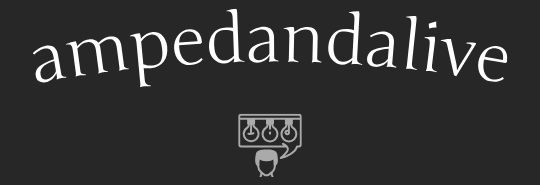Exploring Realistic Texturing Techniques for Digital Sculptures
In the realm of digital artistry, achieving realism in texturing is paramount. It’s the fine details—the subtle cracks, the nuanced reflections, the tactile surfaces—that breathe life into digital sculptures. Here, we delve into the intricate world of realistic texturing techniques for digital sculptures, uncovering the methods and tools used by artists to elevate their creations to new heights.
Understanding the Foundation
Before delving into the specifics of texturing techniques, it’s crucial to grasp the foundation upon which realistic textures are built. This foundation lies in understanding the surface properties of the materials being depicted. Whether it’s the roughness of stone, the shininess of metal, or the softness of fabric, each material has distinct characteristics that must be accurately captured in the digital realm.
Photorealistic References: The Artist’s Blueprint
One of the most effective tools in an artist’s arsenal is photorealistic references. These serve as the blueprint for achieving lifelike textures in digital sculptures. By studying high-resolution images of real-world objects, artists can analyze the intricate details of surface textures, such as the grain of wood or the imperfections in stone. These references provide invaluable insight into how light interacts with different materials, guiding artists in replicating these effects in their digital creations.
Mastering Material Shaders
In the realm of digital sculpting, material shaders play a pivotal role in achieving realistic textures. These shaders are responsible for simulating the behavior of light as it interacts with various materials, such as metals, plastics, and fabrics. By manipulating parameters such as roughness, metallicness, and specular intensity, artists can fine-tune the appearance of their digital sculptures, ensuring that they closely resemble their real-world counterparts.
The Art of Texture Painting
Texture painting is another essential technique in the artist’s toolkit. This process involves manually painting textures onto a digital sculpture’s surface, adding depth and detail to its appearance. Artists can use specialized software tools to simulate the look of different materials, applying textures layer by layer to achieve a lifelike finish. By employing techniques such as bump mapping, displacement mapping, and specular mapping, artists can imbue their digital sculptures with a sense of realism that captivates the viewer’s imagination.
Utilizing Procedural Textures
In addition to traditional texture painting methods, many artists also leverage procedural textures to enhance their digital sculptures. Procedural textures are generated algorithmically, allowing for infinite variation and complexity. By combining mathematical functions and noise patterns, artists can create highly detailed textures that mimic the natural randomness found in the real world. This approach offers a level of flexibility and scalability that traditional texture painting methods cannot match, making it an invaluable tool for digital sculptors seeking to push the boundaries of realism.
The Importance of Lighting and Rendering
Finally, no discussion of realistic texturing techniques would be complete without addressing the crucial role of lighting and rendering. Lighting plays a pivotal role in showcasing the intricate details of a digital sculpture’s textures, highlighting its contours and surfaces in a lifelike manner. By carefully positioning light sources and adjusting their intensity and color, artists can create dramatic lighting effects that accentuate the realism of their creations. Likewise, rendering—the process of generating the final image—plays a crucial role in bringing digital sculptures to life. By choosing the right rendering settings and optimizing their workflow, artists can produce high-quality renders that showcase their texturing skills in all their glory.
In conclusion, realistic texturing is an art form in its own right—one that requires skill, creativity, and a keen eye for detail. By mastering the techniques outlined above and pushing the boundaries of digital artistry, artists can create digital sculptures that are indistinguishable from their real-world counterparts, captivating viewers and inspiring awe in equal measure. Read more about digital art tricks

